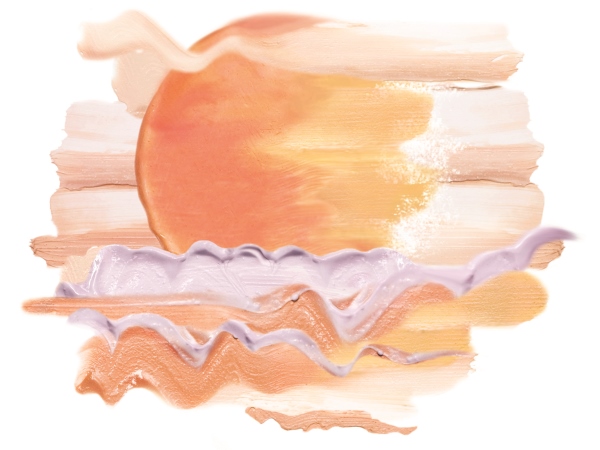Martina Williams, Jane Iredale educator, gives the low-down on chemical and physical sunscreen.
1. Composition:
• Physical sunscreen uses 2 ingredients; Zinc Oxide and Titanium Dioxide, together they act as a physical shield and deflect and reflect the sun’s rays.
• Chemical sunscreens rely on chemicals like Octylcrylene, Avobenzone, Octinoxate, and up to a dozen other chemical filters to absorb the UV rays your skin is exposed to. These chemical filters can generate free radical damage which can cause skin damage, irritation and ageing to the skin.
2. Activation:
• Physical sunscreen starts protecting immediately upon application, there is no wait time.
• Chemical sunscreen requires at least 20 minutes before sun protection is effective.
3. Longevity:
• Benefit of physical sunscreen is that they don’t decompose through sun exposure, so they theoretically have a longer life on the skin.
• Chemical sunscreens can start to decompose in the presence of UV rays and lose effectiveness, therefore they must be applied continuously.
4. Sensitivity:
• Physical sunscreens are less likely to cause irritation and sensitivities and are a better choice for sensitive skins as they do not penetrate the skin.
• Chemical filters found in chemical sunscreens tend to be more irritating to sensitive and acne prone skin as these chemicals are absorbed.
5. Risks:
• A number of studies indicate that because chemical sunscreens penetrate the skin, these chemicals are absorbed into the blood stream and may be harmful to the body.
Martina Williams is the Jane Iredale educator for Victoria.
For more information visit https://janeiredale.com/au/en.htm
One thought on “Chemical vs Physical Sunscreen – Expert Verdict”
Leave a Reply
You must be logged in to post a comment.



From SkinDNA: In an experiment by Hanson et al. that was published in 2006, the amount of harmful reactive oxygen species was measured in untreated and in sunscreen-treated skin. In the first 20 minutes the film of sunscreen had a protective effect and the number of ROS species was smaller. After 60 minutes, however, the amount of absorbed sunscreen was so high that the amount of ROS was higher in the sunscreen-treated skin than in the untreated skin.
Avoid Oxybenzone and other chemical based sunscreens as the nano particles absorb and can do more harm than good.
Our thoughts, best go with Zinc Oxide and Titanium Dioxide these act as a safe Sunblock (not sunscreen).